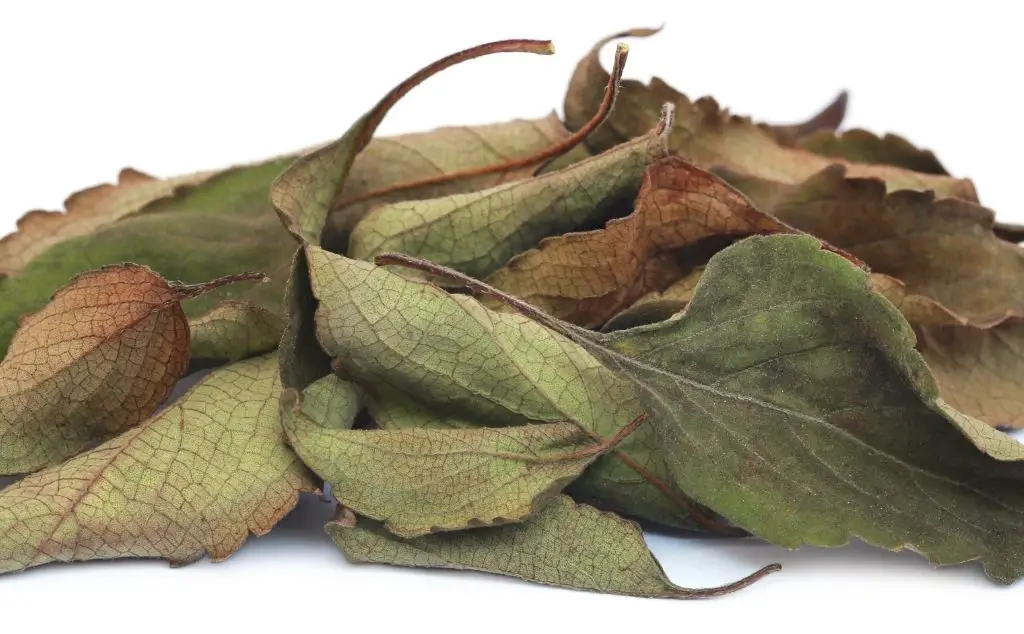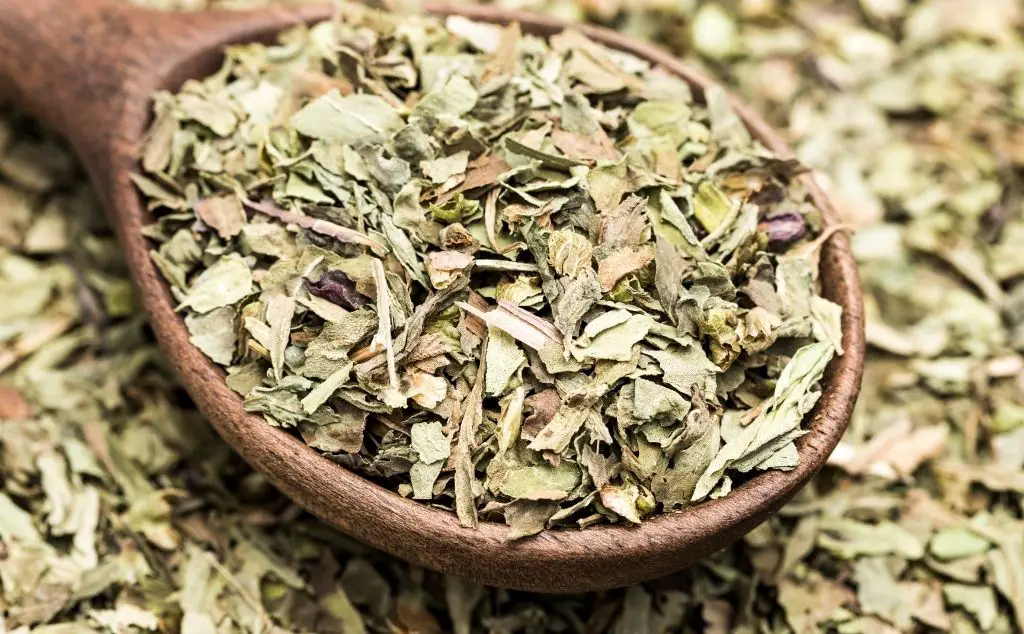5 Ways to Dry Basil at Home and Preserve Its Freshness
Ever found yourself with a basil plant that’s more jungle than herb garden? I’ve been there, staring at the lush green leaves wondering how on earth I’ll use them all before they wilt. That’s when I discovered the magic of drying basil. Not only does it save those precious leaves from the compost bin, but it also lets you enjoy that fresh-from-the-garden flavor all year long.
Drying basil might sound like a chore, but trust me, it’s easier than you think. Whether you’re a fan of the classic air-drying method or prefer the speed of a microwave, there’s a technique for everyone. So, let’s dive into the best ways to dry basil and keep your kitchen stocked with this aromatic herb.
Selecting and Preparing Basil for Drying
Drying basil keeps it fresh and aromatic for much longer. Let’s cover how to choose and prepare basil leaves for the best results.

Choosing the Right Basil Leaves
First, I go for bright green leaves without spots or discoloration. Freshly picked basil works best, so I pick them early in the morning when the oils are most concentrated. I avoid leaves that are yellow or wilting, as they don’t dry well.
Cleaning and Preparing Basil
Before drying, I rinse the basil leaves gently under cool water. I avoid soaking them to prevent losing essential oils. I then pat them dry with a paper towel or use a salad spinner to remove any remaining moisture. Once dry, I remove any stems, keeping only the leaves, ensuring they are ready for the drying process.
5 Different Methods to Dry Basil

1. Drying Basil in the Oven
Set the oven to a low temperature, around 185°F (85°C). Spread basil leaves in a single layer on a baking sheet. It’s important to keep the oven door slightly open to allow moisture to escape. Check the leaves every fifteen minutes. Once they’re crisp and crumble easily, they’re done.
2. Drying Basil Using a Dehydrator
Place basil leaves on the dehydrator trays in a single, even layer. Set the dehydrator to a temperature between 95°F to 115°F (35°C to 46°C). This method typically takes 12 to 24 hours. Check periodically to ensure leaves don’t over-dry.
3. Drying Basil Naturally
Tie small bunches of basil stems together with kitchen twine. Hang these bunches upside down in a dry, warm, and dark place. It can take two to four weeks depending on humidity. Ensure good air circulation around the bundles to prevent mold.
4. Drying Basil in the Microwave
Lay basil leaves in a single layer on a microwave-safe plate. Microwave on high for 20 to 30 seconds and check the leaves’ dryness. Repeat if necessary, checking every 10 seconds. This method is the quickest but requires careful attention to avoid burning.
5. Drying Basil in the Air Fryer
Set the air fryer to approximately 350°F (175°C). Arrange a single layer of basil leaves in the basket. Dry the leaves for 3 to 4 minutes, checking them after each minute. This method is relatively fast, but make sure the leaves don’t overlap to ensure even drying.
Tips for Successfully Drying Basil

Best Temperatures for Drying Basil
Drying basil at the right temperature keeps its flavor and color intact. For oven drying, set the temperature between 105°F (40°C) and 115°F (46°C). This range ensures that the basil dries without cooking. When using a dehydrator, a consistent temperature of 95°F (35°C) works best to avoid burning the leaves. For air-drying, ambient room temperature should be between 60°F (16°C) and 70°F (21°C) with low humidity.
Timing and Checking Dryness
Timing varies based on the drying method. In the oven or dehydrator, basil typically takes 1 to 4 hours. Start checking dryness after the first hour by gently rubbing a leaf between your fingers. The leaves are dry when they crumble easily. For air-drying, expect the process to take 1 to 2 weeks. Ensure the basil is crisp to the touch without any pliability when assessing dryness.
Storing Dried Basil
Once basil’s dried, it needs proper storage to maintain its flavor and aroma.
Suitable Containers for Storage
Airtight containers like glass jars, vacuum-seal bags, and Mylar bags keep basil fresh by minimizing exposure to air and moisture. Dark containers or those stored in a dark place help prevent light degradation. Wide-mouth jars make it easier to access and measure basil without spilling.
Shelf Life of Dried Basil
Stored correctly, dried basil lasts around 1 to 3 years. However, its potency decreases over time. Check for color and aroma to ensure it’s still fresh. If stored in a cool, dark place, basil stays flavorful longer.
Common Issues and Troubleshooting
Encountering problems while drying basil can be frustrating. Identify and resolve common issues quickly with these tips.
Basil Not Drying Evenly
If basil’s not drying evenly, the problem usually stems from spacing and airflow. Spread the basil leaves in a single layer when using an oven or a dehydrator. Overlapping leaves cause uneven drying. Rotate trays or reposition basil halfway through to ensure consistency.
Ensure proper ventilation if air drying. Tie basil bundles loosely and hang them in a well-ventilated area. Poor airflow traps moisture, leading to uneven drying. Occasionally flip the basil to promote uniform drying.
Preventing Mold During Drying
Mold can ruin basil. To prevent mold, start with thoroughly washed and dried leaves. Residual moisture invites mold. In humid environments, shorten drying time. Use an oven, dehydrator, or microwave instead of air drying. Monitor humidity and keep basil in a dry place.
Maintain proper hygiene. Clean trays, racks, and containers before use. Keeping the drying environment clean drastically reduces mold risk.
By addressing these issues, maximize the quality of dried basil. Ensure even drying and mold prevention for fresh, flavorful basil.
Uses for Dried Basil

Culinary Uses
Dried basil is perfect for enhancing the flavor of various dishes. I frequently use it in pasta sauces for a rich, aromatic experience. Toss some in soups and stews to elevate their profiles, or sprinkle it on pizzas for that extra touch of Italian flair. It’s also great in marinades, where it infuses meat or veggies with a robust, earthy flavor. Even salads benefit from a light dusting of dried basil, adding a subtle yet distinct taste.
Homemade Seasoning Mixes
Creating your own seasoning mixes with dried basil is straightforward and rewarding. Combine dried basil with garlic powder, dried oregano, and salt for an all-purpose Italian seasoning. Mix it with paprika, cumin, and chili powder to make a versatile spice blend for grilling. For Herbes de Provence, blend dried basil with thyme, rosemary, and lavender. These mixes not only save money but also offer a customizable approach to seasoning food.